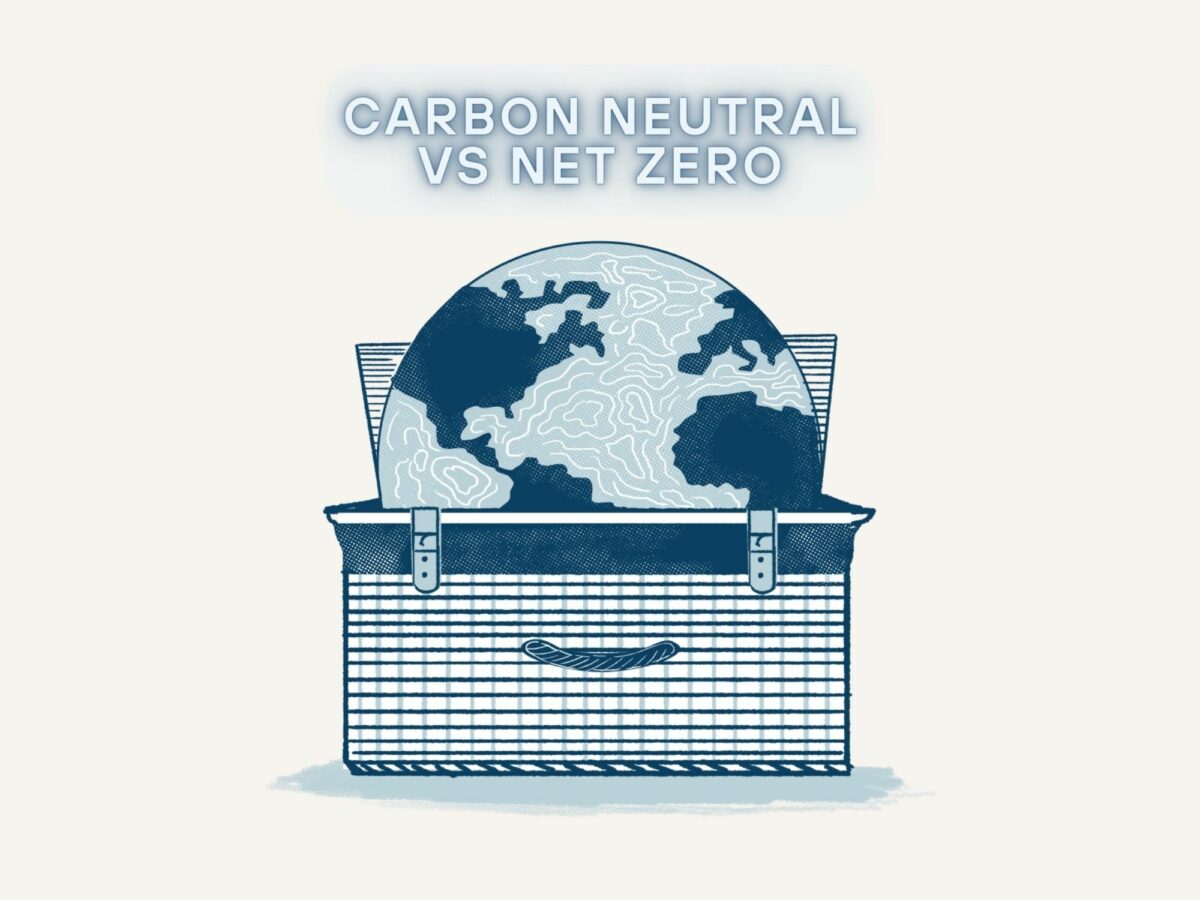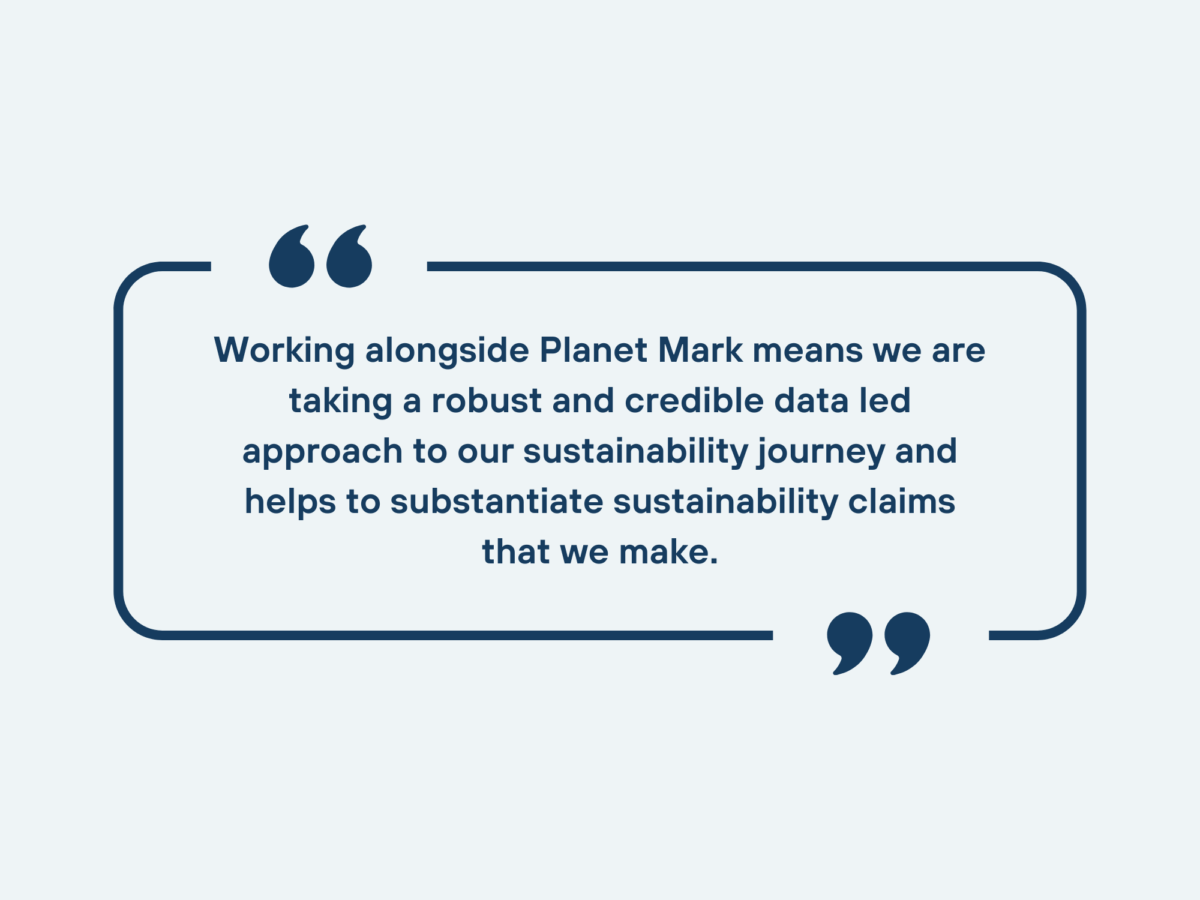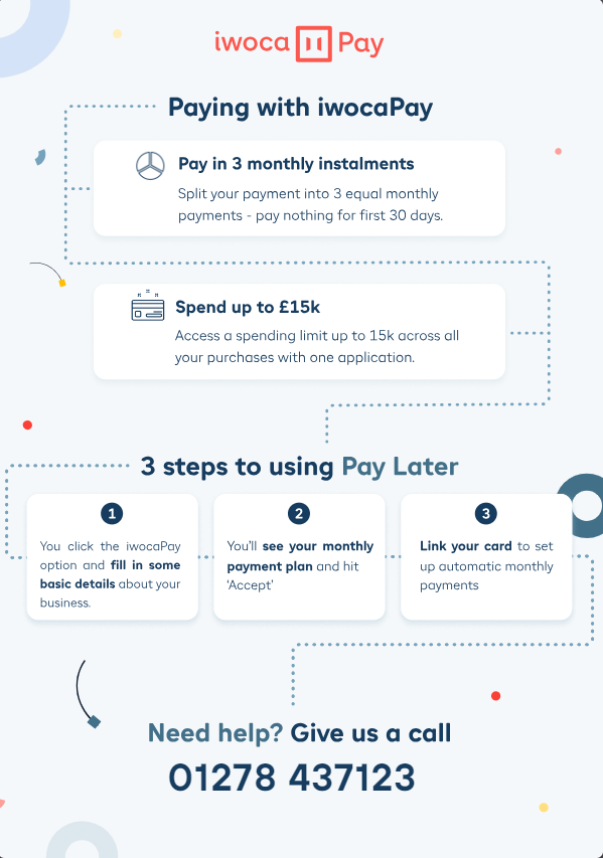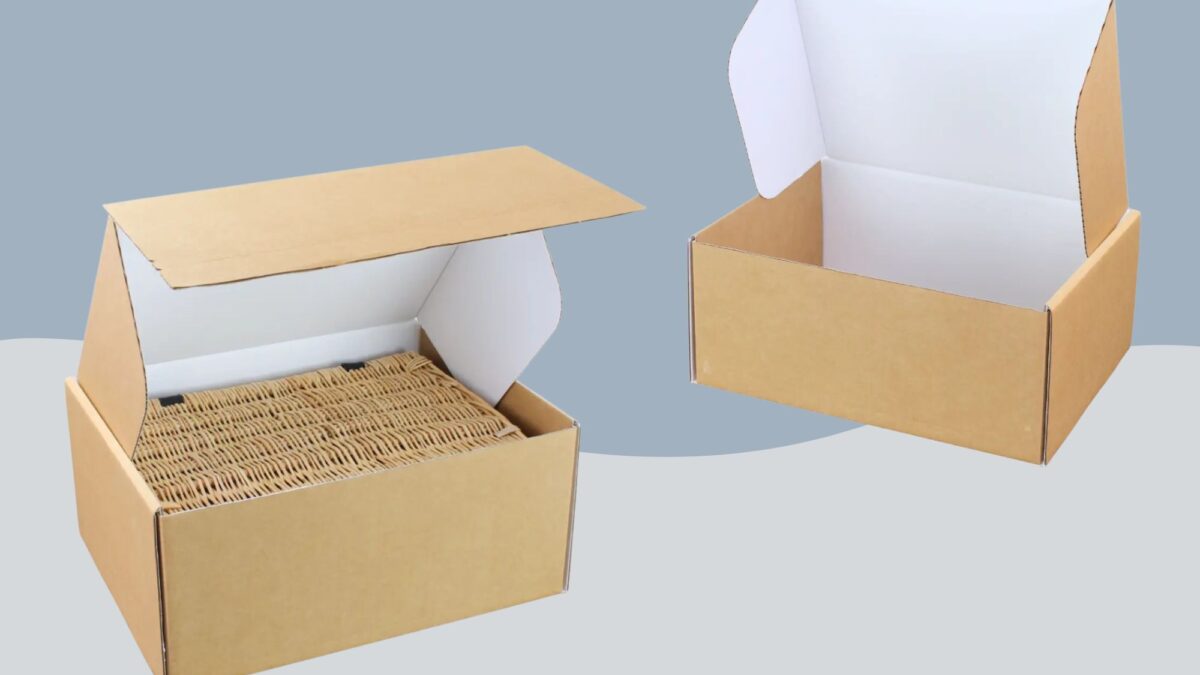- <
- Blog /
Carbon Neutral vs Net Zero
15 March 2024
We hear the terms carbon neutral and net zero a lot. We're hearing it even more now consumers are thinking about the kind of products they spend their money on. At Gadsby, sustainability is something that drives us to constantly move forward.
This drive is why we've received certifications that hold us accountable. We measure our output to understand how we can do better. From ocean and road freight to the materials we use to create our products, it's all important.

This blog post will delve into more detail about carbon neutrality, net zero and our aims for the years ahead. Whether you're a big or small business, sustainability is something that should be on your radar. It's certainly on your customers.
What Is Carbon Neutral?
Carbon neutrality means not adding new greenhouse gas (GHG) emissions to the atmosphere. Where emissions continue, they must be offset by absorbing an equivalent amount from the atmosphere. This could be through carbon capture and reforestation which is supported by carbon credit schemes.
Last year we achieved our target of using carbon neutral road hauliers in the UK. If we can't find one but it's an urgent shipment then we'll offset the emissions. Our original target for achieving this was in 2025 so we're pleased to have achieved it two years earlier than planned. Our ocean shipping is also carbon neutral, we teamed up with Gold Standard to make this happen.
What Is Net Zero?
Achieving carbon neutrality is a good step on the sustainability journey but not the end goal. The end goal is net zero which means cutting greenhouse gas emissions to as close to zero as possible, with any remaining emissions re-absorbed from the atmosphere.
The Science Based Targets initiative (SBTi) launched the world's first framework for net zero target setting in October 2021. The SBTi Corporate Net Zero Standard requires organisations to reduce Scope 1, 2, and 3 emissions to as close to zero as possible, and by at least 90%. Only the remaining maximum 10% of 'unavoidable' residual emissions may be neutralised using accredited carbon removal offsetting schemes to achieve net zero.
The world needs to reach net zero by around 2050 if it is to meet the Paris Agreement Target of limiting global warming to 1.5°C. To set credible and achievable net zero targets, we will have to measure our full scope 3 emissions to build a complete carbon footprint baseline. This baseline will help to determine our near term and long term targets. At Gadsby, we've set a target to halve our scope 1 and scope 2 emissions by 2030 and reach Net Zero by 2045. Working alongside Planet Mark means we are taking a robust and credible data led approach to our sustainability journey and helps to substantiate sustainability claims that we make.

How We're Helping Your Business
You've learned a bit more about our journey. But what about yours? No doubt, you'll have customers coming to you wanting to buy more sustainably. Purchasing your gift packaging from Gadsby means you can have open conversations with your customers about how sustainable the products they're buying really are.
We work hard to make continuous improvements to our product lines. Our team always considers sustainability as a key objective. For example, our wicker hamper baskets are made from natural willow with vegan leather straps. Our wooden wine boxes are made from Paulownia wood (find out more here) and our cardboard hamper boxes and gift trays are fully recyclable.
Find out more about how we have complete traceability within the sourcing and production of our products here.







